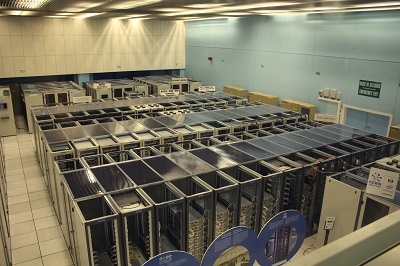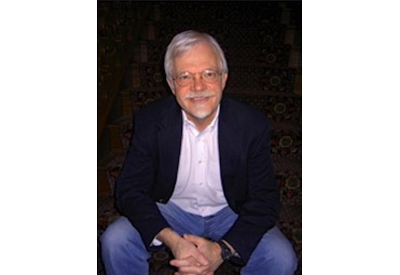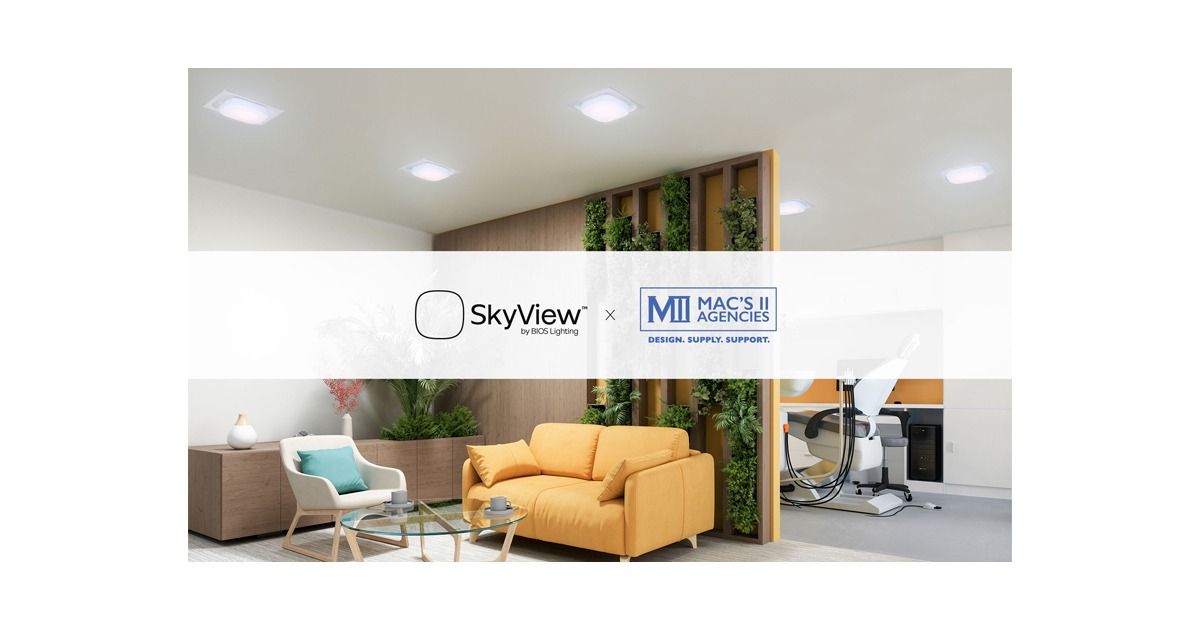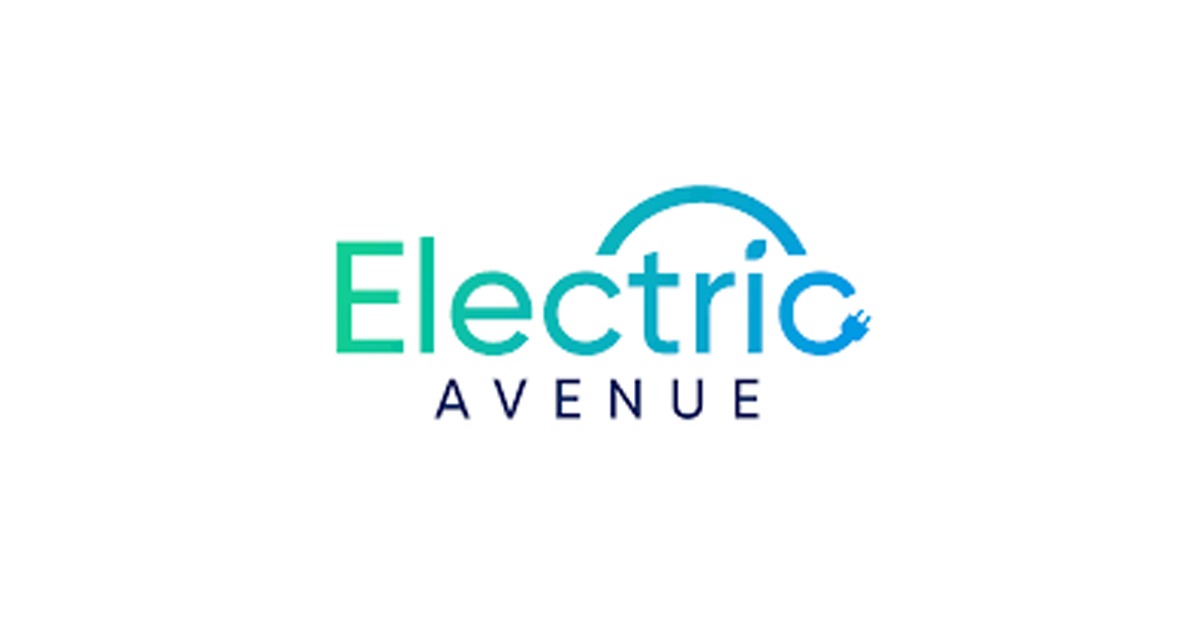Year of the Green Data Centers, Part 1

Over the years, the power consumption of data centers have grown steadily to the point where now, a small data center consumes enough energy to power 50 homes during cold winter periods, close to 1000kW.
These data centers are for the most part needed in the world today and their energy consumption will continue to increase, either by an addition in the number of rooms or through the growth of production capacity for existing rooms.
A market survey we conducted indicates that this growth will generate the equivalent of six million square feet of facilities within the next three years in Canada alone! Considering a reasonable average of 100W per square feet of power consumption for servers only, we get a total load of 600,000kW. Adding the associated cooling requirements, this charge surpasses 1,000,000kW (or 1,000MW).
Considering that Quebec produces 40,000MW of total power, in light of this predicted growth, it is natural to ask: Is it possible to save energy in a data center?
To effectively answer this question, we must first understand how this energy is distributed within a data center.
The energy consumption of data centers is divided into two broad categories, the energy required to run the servers and other IT equipment that are installed directly inside of the computer room, and the energy required to cool the room in order to maintain sustainable operations for servers.
In general, the energy required for servers represents two thirds of the overall power consumption, and the remaining one third is required for air conditioning. These are the two important energy drivers that must be targeted in efforts to save energy.
Energy Saving Electricity
Except for the logical choice of purchasing servers certified by EnergyStar, we have little control over what servers consume energy and their efficiency. However, some of the choices in electrical infrastructure equipment can improve the overall power consumption.
This is the case of the UPS (Uninterruptible Power Supply) which displays efficiency between 94% and 97% with a load from 25% to 100% of the capacity of the device. They are therefore a logical choice when buying or writing specifications for late submission.
In addition to its efficiency, it is becoming increasingly common to power devices in a computer room on a three-phase 240V/415V voltage as they do in Europe, without the internal transformer. A growing number of UPS system manufacturers are producing 240V/415V for the North American market.
This alternative is particularly interesting when the input power of a data center is using medium voltage (13 to 25kV). It allows the designer to lower the voltage to any usable voltage. Usually, this would be 240-415V three phases, 4 wires for the IT distribution and 480 or 600V for the mechanical feeds.
The advantage of using this voltage level is that 99.9% of servers or equipment existing for over 5 years operate on a supply voltage between 100 and 240V, without having to do anything about it.
This method of feeding the power supply at 240V is very interesting since the servers are more efficient at 240V than 120V. Typically, the power supply of a server has an efficiency of 93% at 120V and 94% to 95% at 240V.
In addition, this power method eliminates all of the output transformers of the UPS that were previously required to lower the voltage at 120V/208V. Given that transformers have a loss of about 3%, there is significant power savings in large computer rooms. It should also be taken into account that much of these transformers are located in the computer room and that those losses of 3% and an additional 1% on power supplies increase the need for air conditioning.
For calculation purposes and to demonstrate the impact, consider an IT load of 1000kW. In the standard installation, the computer room would have 40kW of heat loss more than an installation at 240V/415V, which is enough to heat two average sized houses during the winter.
This 40kW will require a cooling capacity equivalent to an additional 11.4 tonnes. The need for additional cooling will effectively have an impact on the increase in energy consumption. In our scenario the 11.4 tonnes will consume 11kW which will be added to the 40kW of losses mentioned above, for a total of 55kW. Over the 1000kW of IT load, this 55kW represents an increase of 5.5% in energy cost. Over a year, at 8¢/kWh, it translate to 39k$ more to operate.
We can therefore see that the choice of UPS and power supply method can play a role in saving energy. This conservation in electricity applies much more in new data centers as opposed to existing centers.
For existing facilities, a major source of electrical inefficiency is unquestionably the non-replacement and/or removal of old unused equipment which are always connected! A good practice is to perform an annual inventory of equipment and to determine which can be switched off and removed from the room.
An understandable energy saving strategy is to try not to consume energy when it is not required.
Next month in Part 2: Energy Savings in Mechanical Operations.
Michel Chartier is Quebec’s leading consultant for the design of Mission Critical Centres. He was the first Engineer in Quebec to receive Uptime’s Institute accredited Tier Designer certification. His professionalism and the originality of the solutions he presents have earned him a solid reputation with large-scale clients. UPS representatives consult him when they need expert advice for their special projects. He has visited hundreds of sites, always taking into consideration the technology used by clients to evaluate their current and future needs. Animated by passion and curiosity, he keeps up with technology and new developments in his areas of expertise.
Also, be sure to check out Kelvin Emtech here, visit them on LinkedIn or Google+ here











